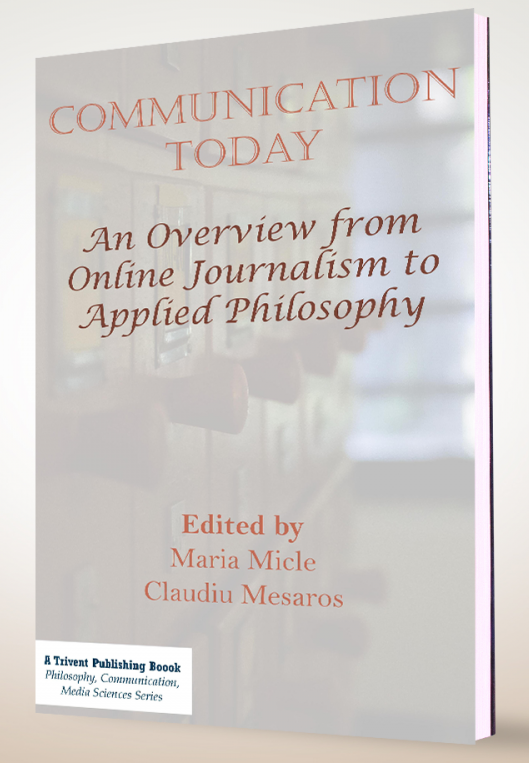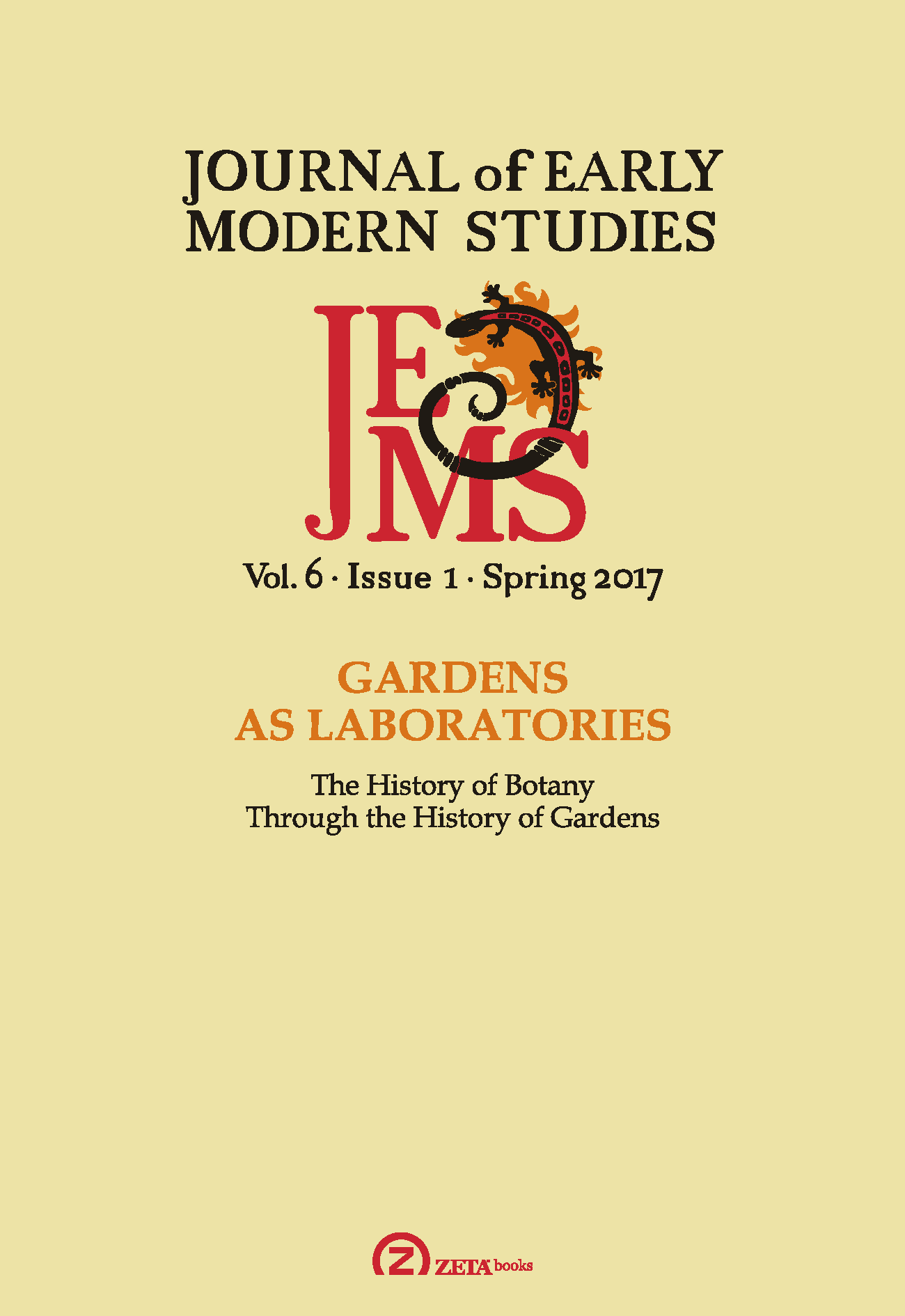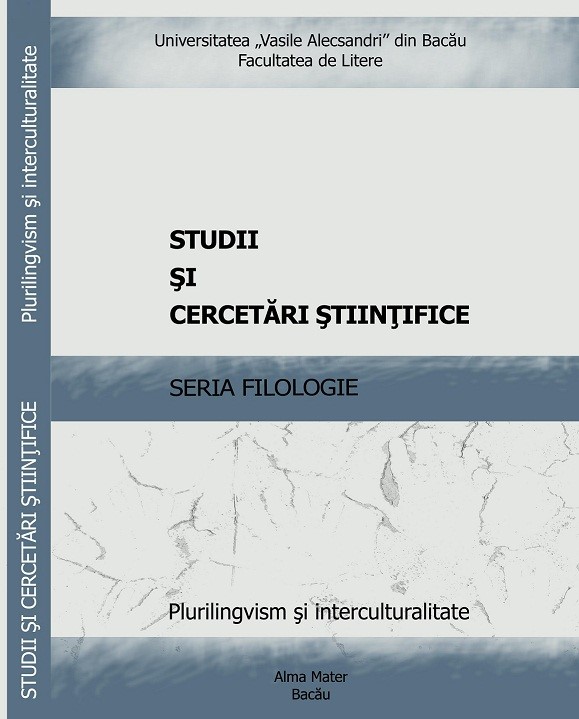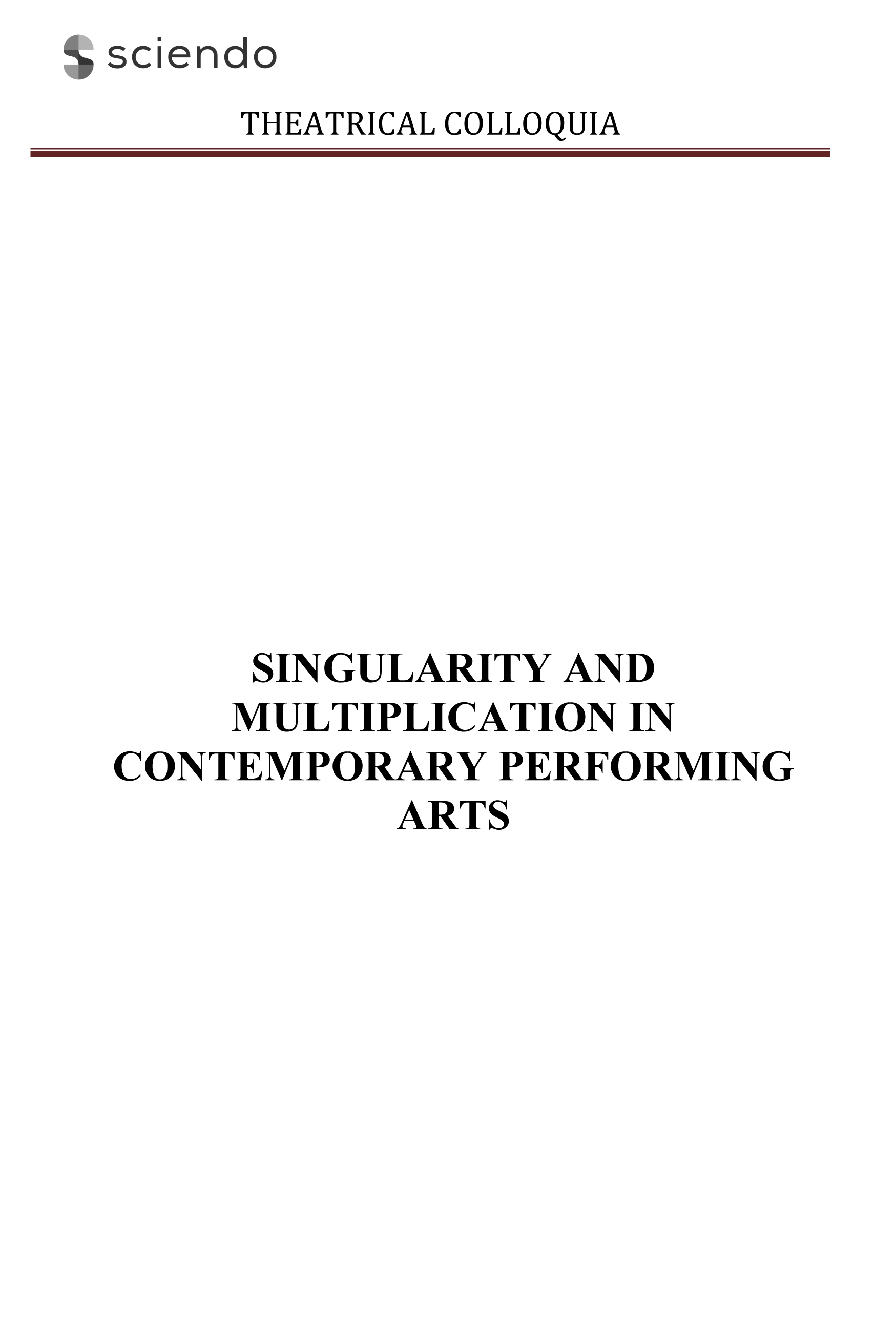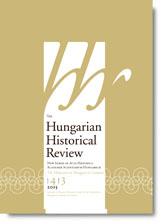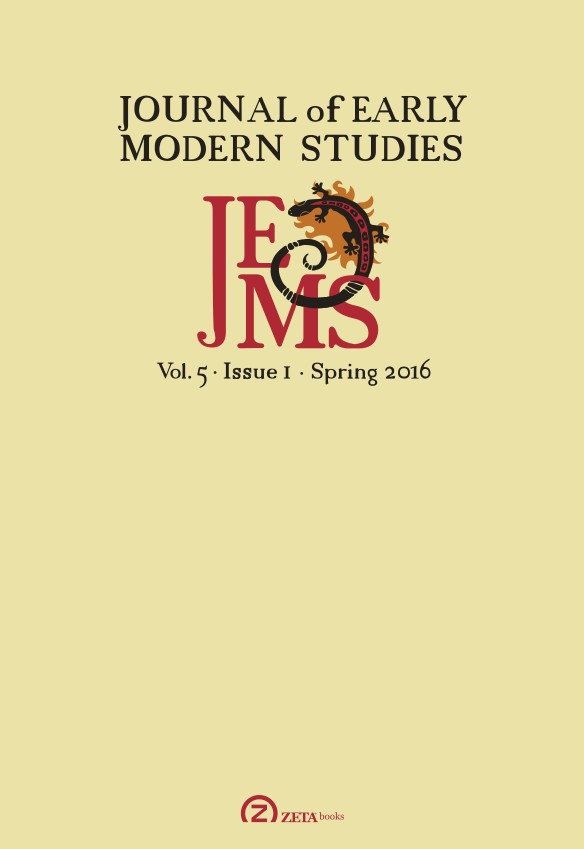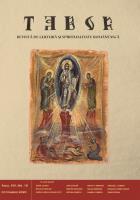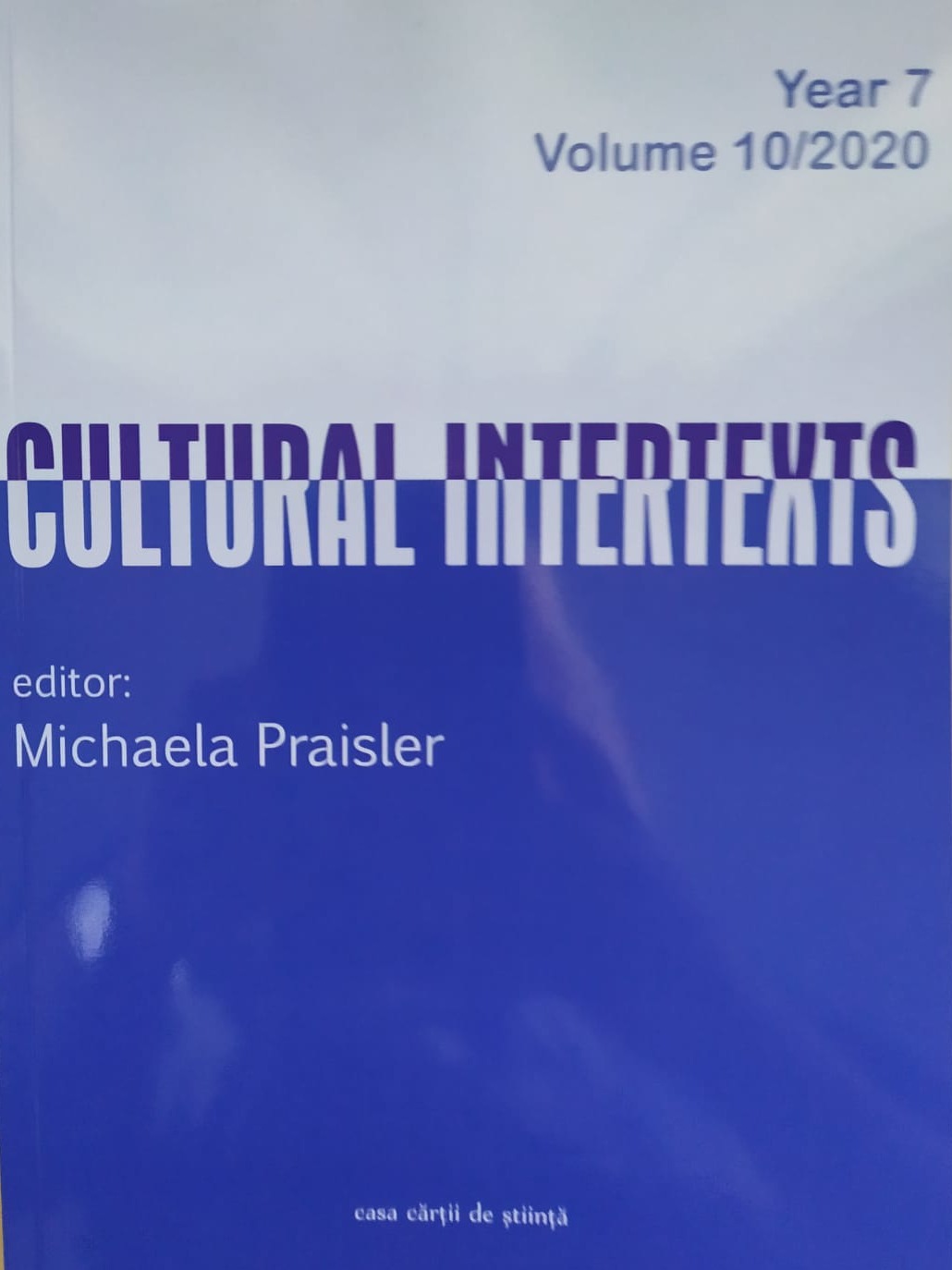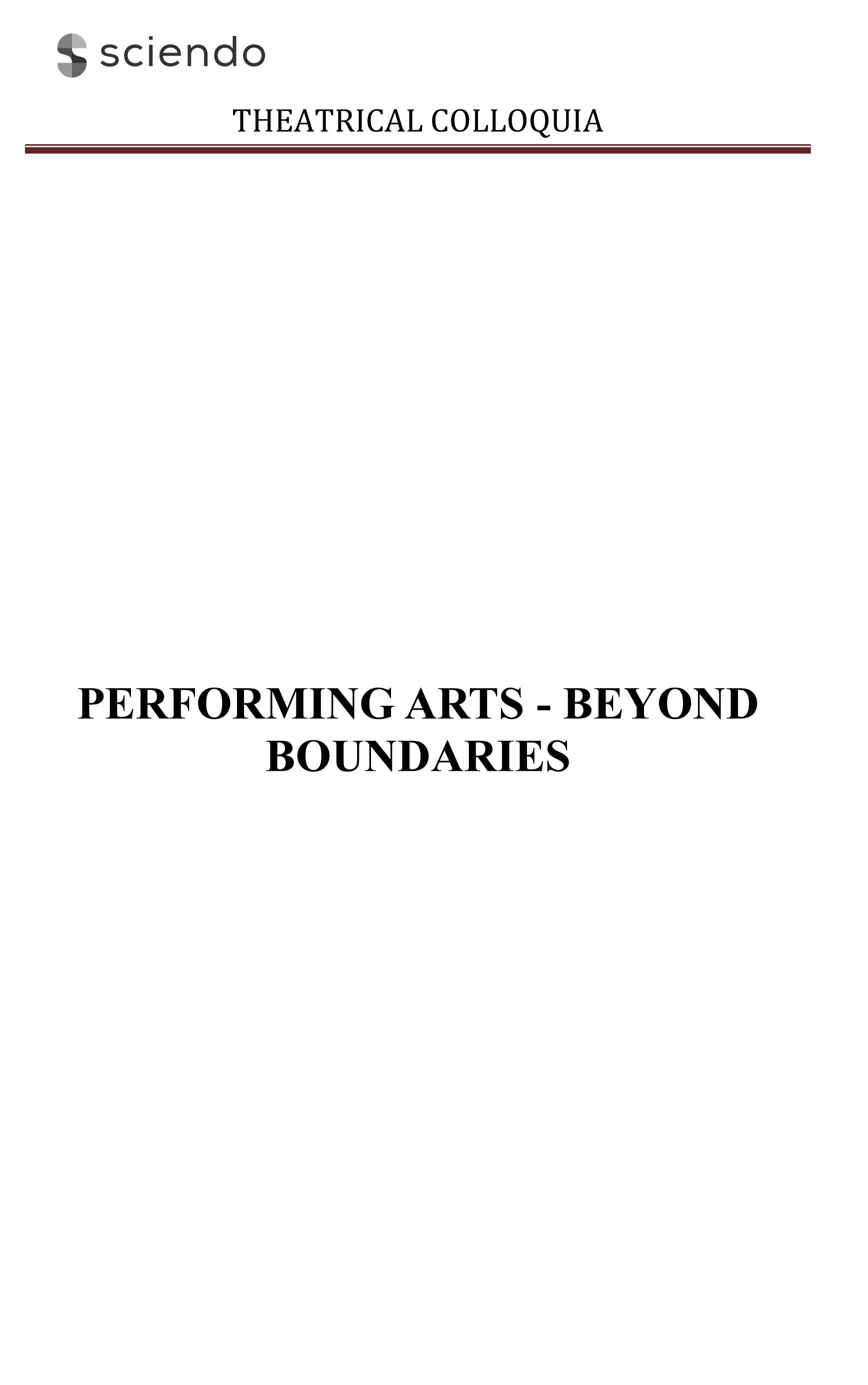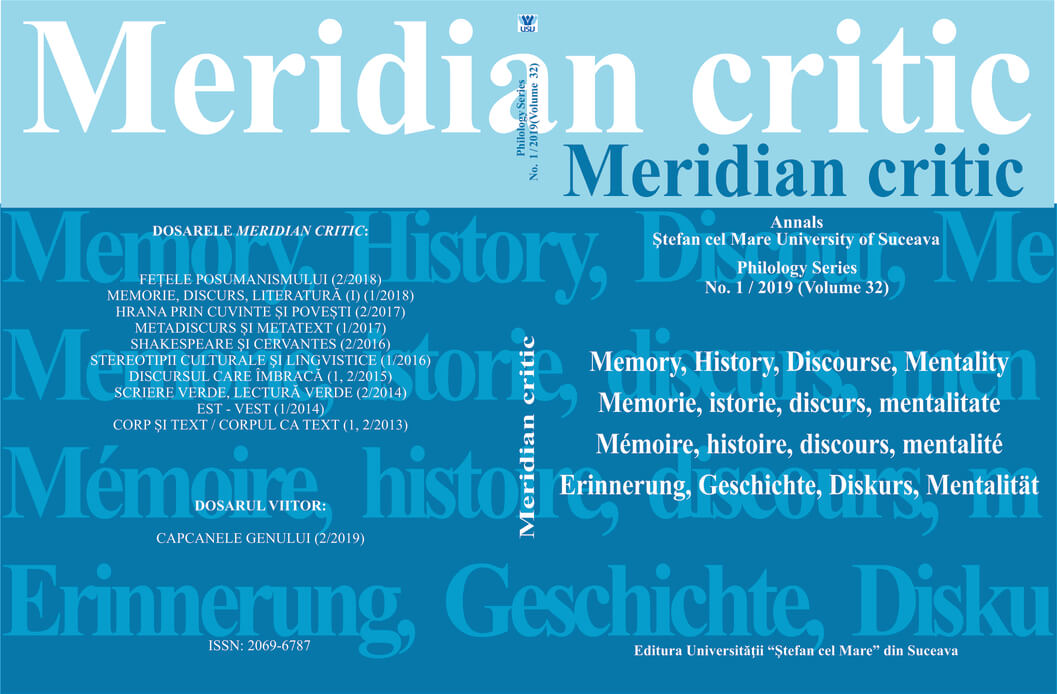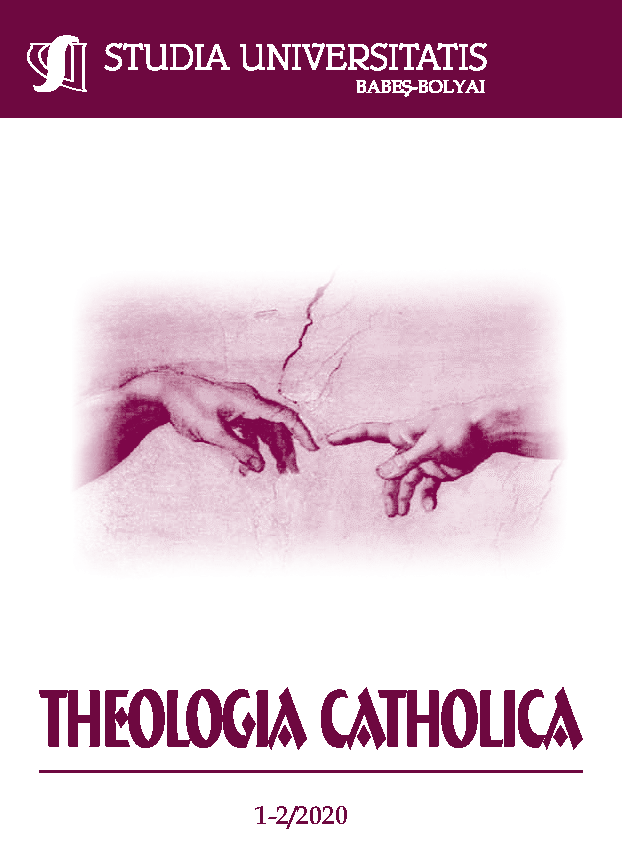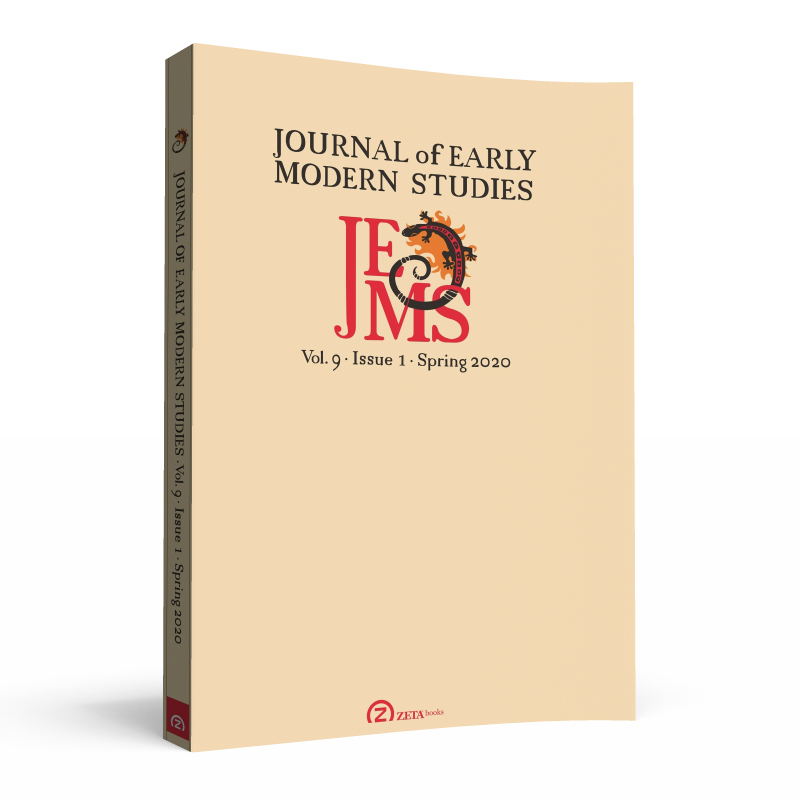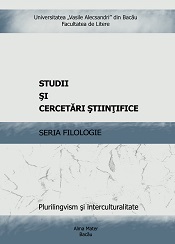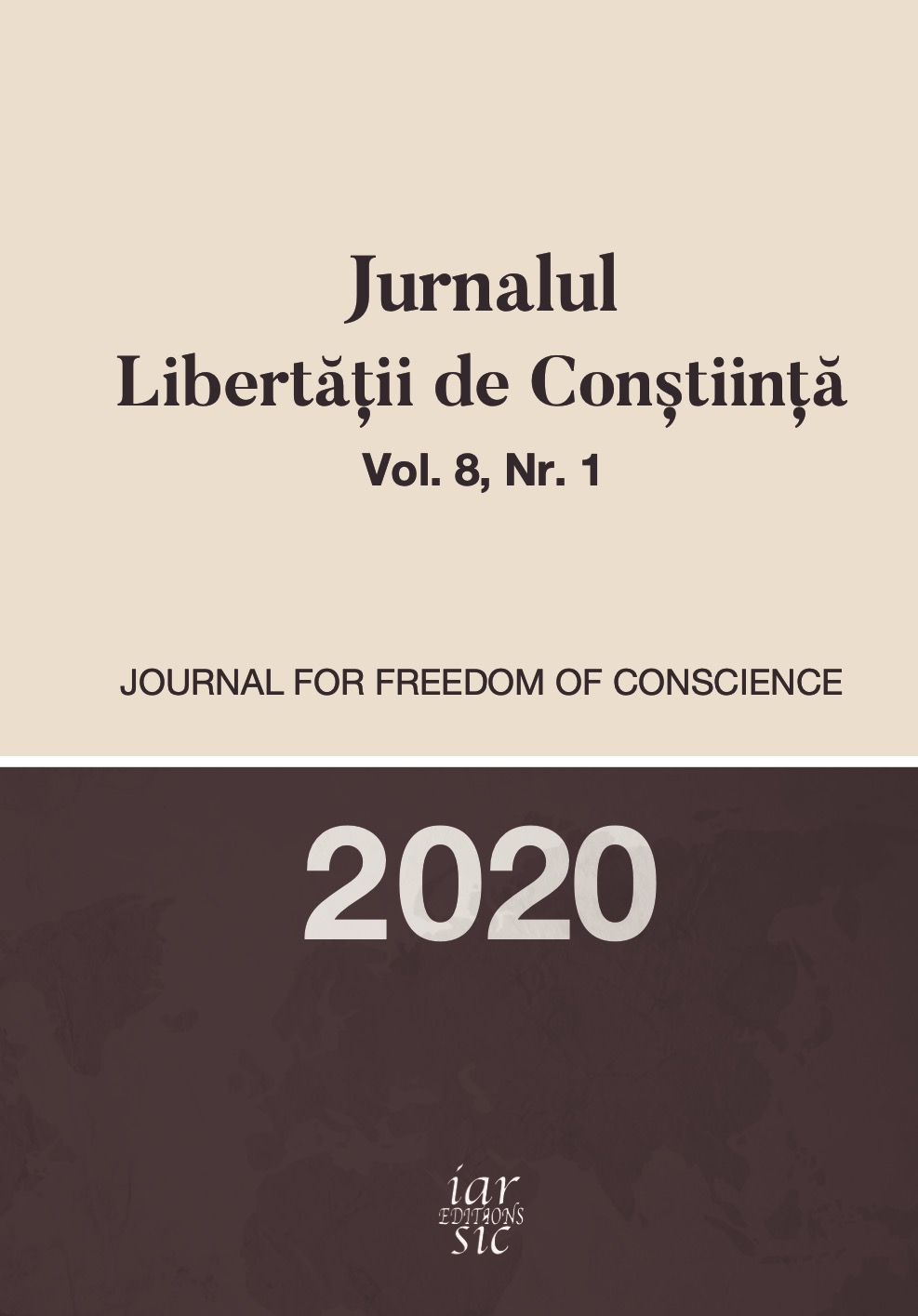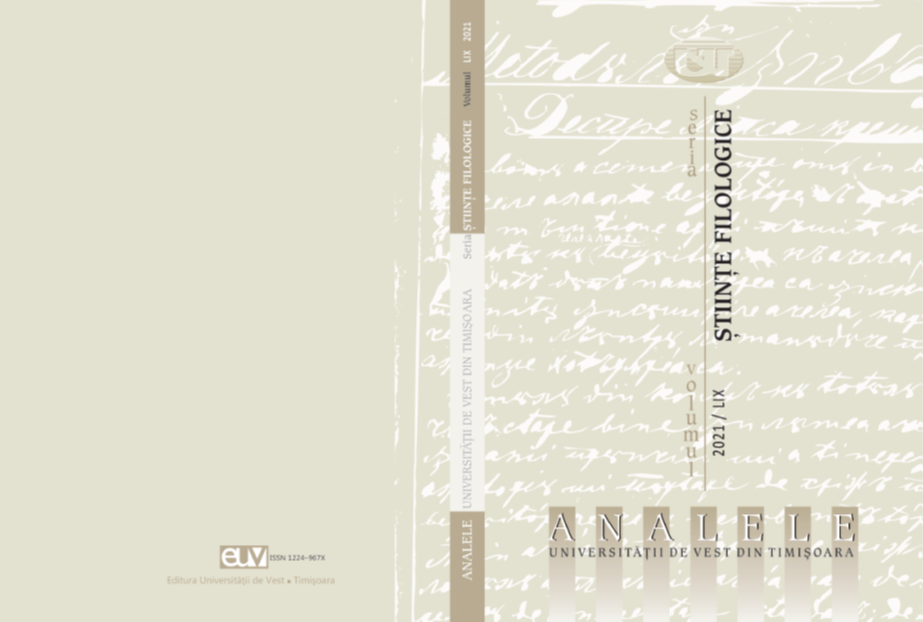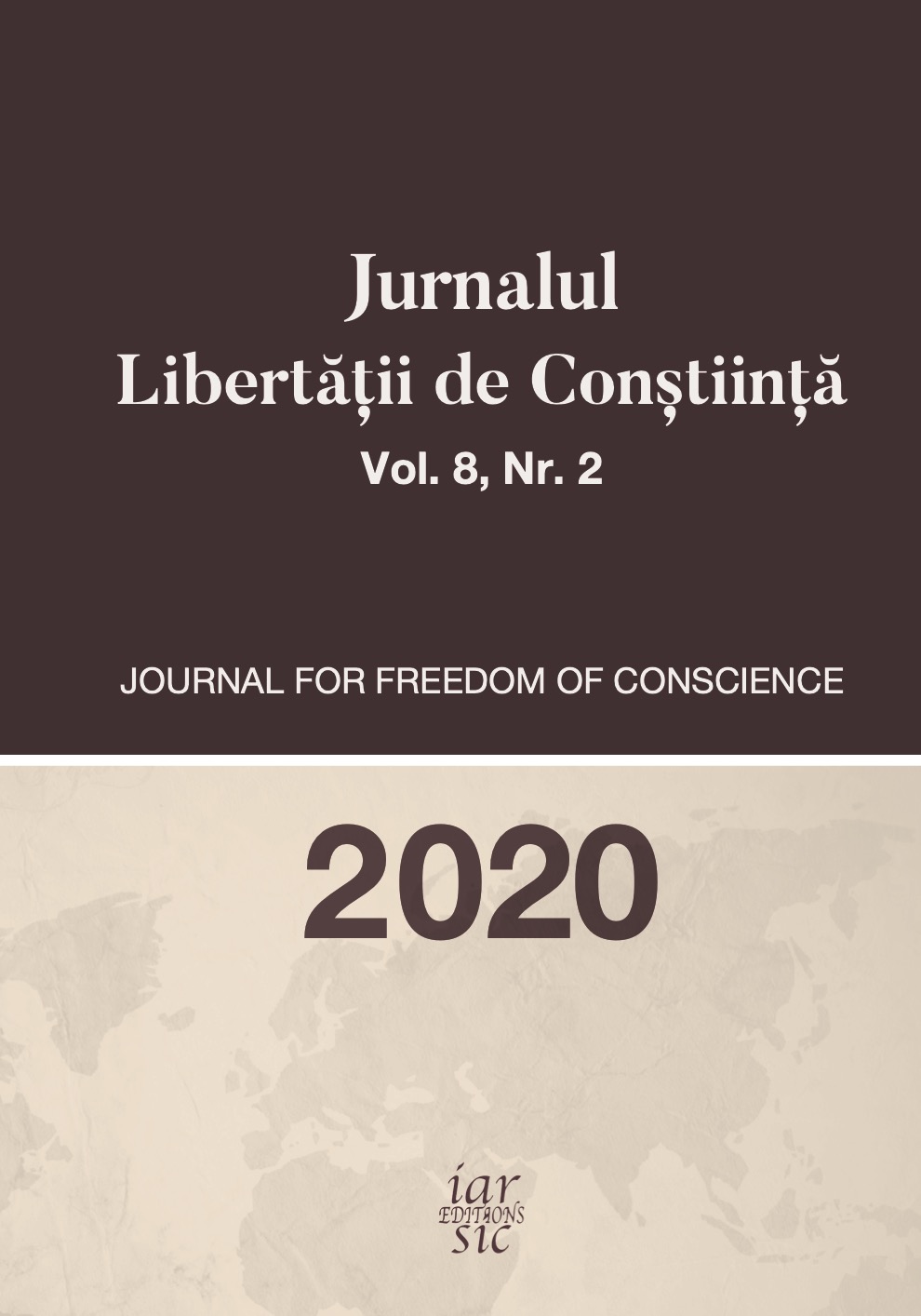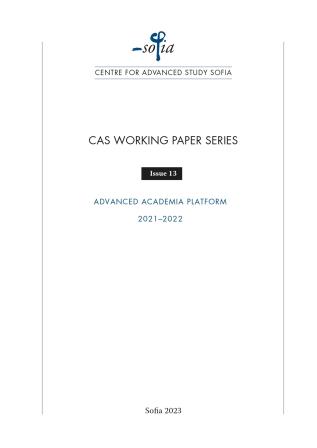Book Reviews
Author(s): Dietrich Denecke,Balázs Karlinszky,Katalin Szende,Szabolcs Varga,Krisztina Péter,Dániel Siptár,Eszter Pál,Zsolt Kökényesi,David Do Paço,Kurt Scharr,Cristian Cercel,Theodore Weeks,Gábor Demeter,Tamás Révész,Ferenc Laczó,Árpád V. Klimó,Gábor Egry,Vítězslav Sommer / Language(s): English
/ Issue: 4/2015
On the Road: The History and Archaeology of Medieval Communication Networks in East-Central Europe. By Magdolna Szilágyi. Budapest: Archaeolingua, 2014. 250 pp.
pozsonyi prépost és a káptalan viszálya (1421–1425). A szentszéki bíráskodás Magyarországon – a pozsonyi káptalan szervezete és működése a XV. század elején [Conflict between the Provost and the Chapter of Pressburg (1421–1425). Jurisdiction of the Holy See in Hungary – Organization and Operation of the Pressburg Chapter in the Early Fifteenth Century]. By Norbert C. Tóth, Bálint Lakatos, and Gábor Mikó. (Subsidia ad Historiam medii aevi Hungariae inquirendam 3.) Budapest: MTA TKI, 2014. 464 pp.
Cities and their Spaces. Concepts and their Use in Europe. Edited by Michel Pauly and Martin Scheutz. Cologne–Weimar–Vienna: Böhlau, 2014. 324 pp.
Dzsámik és mecsetek a hódolt Magyarországon [Mosques in the Territories of Hungary under Ottoman Occupation]. By Balázs Sudár. (Magyar Történelmi Emlékek. Adattárak.) Budapest: MTA Bölcsészettudományi Kutatóközpont Történettudományi Intézet, 2014. 650 pp.
A Divided Hungary in Europe: Exchanges, Networks and Representations, 1541–1699. Vol. 1–3. Edited by Gábor Almási, Szymon Brzezinski, Ildikó Horn, Kees Teszelszky, and Áron Zarnóczki. Newcastle upon Tyne: Cambridge Scholars Publishing, 2014. 738 pp.
Pálos missziók Magyarországon a 17–18. században [The Pauline Order’s Missions in Hungary in the Seventeenth and Eighteenth Centuries]. By †Ferenc Galla. Edited by István Fazekas. (Collectanea Vaticana Hungariae – Classis 1, vol. 11.) Budapest–Rome: MTA-PPKE ‘Lendület’ Egyháztörténeti Kutatócsoport–Gondolat, 2015. 536 pp.
Conflicting Values of Inquiry. Ideologies of Epistemology in Early Modern Europe. Edited by Tamás Demeter, Kathryn Murphy, and Claus Zittel. Leiden–Boston: Brill, 2015. 410 pp.
Császárválasztás 1745 [Imperial Election of 1745]. By Márta Vajnági. Budapest: ELTE BTK Középkori és Kora Újkori Egyetemes Történeti Tanszék, 2014. 186 pp.
The Charmed Circle. Joseph II and the “Five Princesses,” 1765–1790. By Rebecca Gates-Coon. West Lafayette: Purdue University Press, 2015. 380 pp.
“A Sanguine Bunch.“ Regional Identification in Habsburg Bukovina 1774–1919. By Jeroen van Drunen. (Pegasus Oost-Europese Studies 24.) Amsterdam: Uitgeverij Pegasus, 2015. 653 pp.
Die Donauschwaben 1868–1948. Ihre Rolle im rumänischen und serbischen Banat [The Danube Swabians: Their Role in the Romanian and Serbian Banat]. By Mariana Hausleitner. (Schriftenreihe des Instituts für donauschwäbische Geschichte und Landeskunde, Band 18 – Quellen und Forschungen, Band 2.) Stuttgart: Franz Steiner Verlag, 2014. 417 pp.
Enemies for a Day: Antisemitism and Anti-Jewish Violence in Lithuania under the Tsars. By Darius Staliūnas. Budapest: CEU Press, 2015. 284 pp.
Les guerres balkaniques (1912–1913): Conflits, enjeux, mémoires. Edited by Catherine Horel. (Enjeux internationaux 31.) Bruxelles–Bern–Berlin–Oxford: P.I.E. Peter Lang, 2014. 348 pp.
A régi Magyarország utolsó háborúja 1914–1918 [The Last War of Old Hungary 1914–1918]. By Tibor Hajdu and Ferenc Pollmann. Budapest: Osiris, 2014. 416 pp.
KL. A History of the Nazi Concentration Camps. By Nikolaus Wachsmann. London: Little, Brown, 2015. 880 pp.
The Nation Should Come First. Marxism and Historiography in East Central Europe. By Maciej Górny. Translated by Antoni Górny. Editorial assistance Aaron Law. (Warsaw studies in contemporary history 1.) Frankfurt am Main: Peter Lang, 2013. 302 pp.
Otthon és haza. Tanulmányok a romániai magyarság történetéből [Homeland and Home: Essays on the History of the Hungarians of Romania]. By Nándor Bárdi. Csíkszereda: Pro Print, 2013. 607 pp.
Revolution with a Human Face: Politics, Culture and Community in Czechoslovakia, 1989–1992. By James Krapfl. Ithaca–London: Cornell University Press, 2013. 292 pp.
More...

